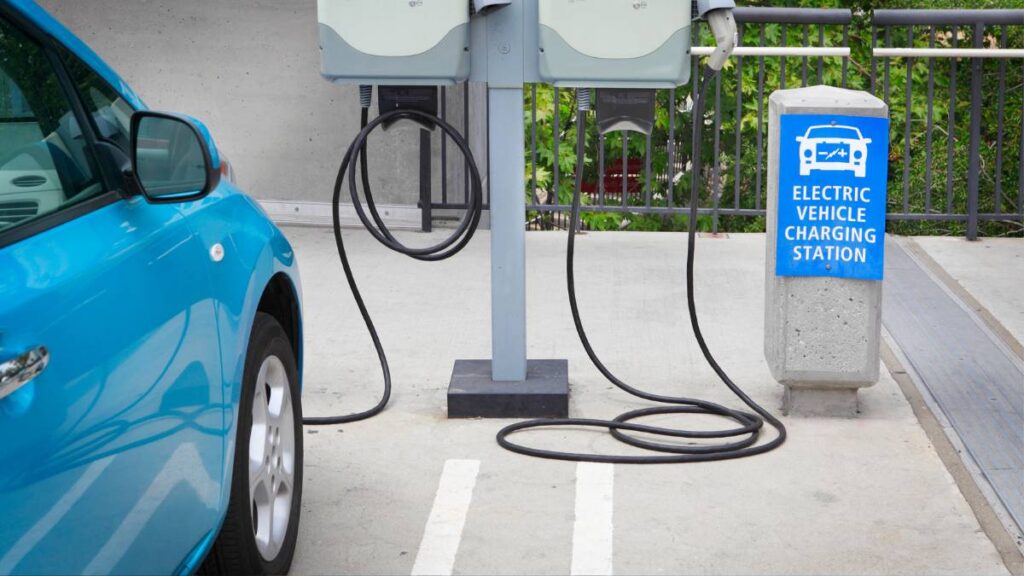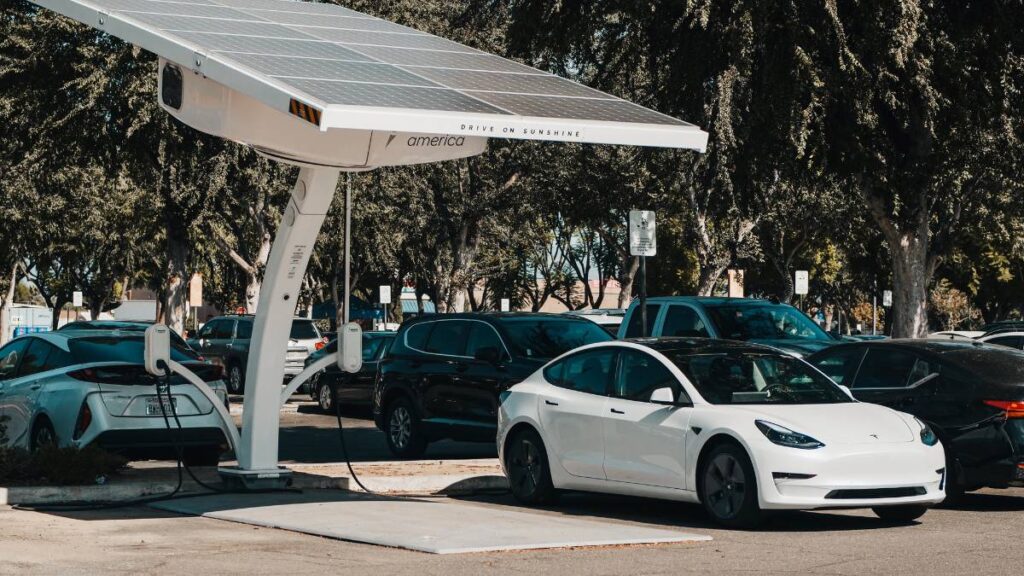In the quest for more sustainable urban environments, electric vehicles (EVs) are heralded not only for their environmental benefits but also for their potential to significantly reduce road noise pollution. Unlike their internal combustion engine (ICE) counterparts, EVs operate quietly, offering a solution to one of the most pervasive forms of pollution in cities worldwide.
The Impact of Road Noise Pollution
Road noise, primarily generated by vehicles, is a significant environmental pollutant, affecting millions of people daily. According to the World Health Organization, prolonged exposure to road noise can lead to adverse health effects, including stress, sleep disturbance, and cardiovascular diseases. Traditional vehicles, with their ICEs, contribute substantially to urban noise levels, especially in congested areas.
Electric Vehicles: A Quieter Alternative
Electric vehicles, characterized by their battery-powered engines, offer a much quieter operation. Studies suggest that EVs can reduce noise levels by up to 10 decibels compared to ICE vehicles. This reduction is particularly noticeable at lower speeds, where tire and wind noise are less dominant, making EVs ideal for city driving.
Benefits of Reduced Road Noise
- Health and Well-being: Lower noise levels contribute to reduced stress and improved sleep quality for urban residents, enhancing overall public health.
- Enhanced Urban Spaces: Quieter streets encourage outdoor activities, creating more enjoyable and livable urban environments.
- Wildlife Conservation: Reduced noise pollution can also benefit urban wildlife, decreasing stress and disturbance in city ecosystems.
Challenges and Considerations
While EVs offer a solution to road noise pollution, there are considerations to address:
- Safety Concerns: The quiet operation of EVs poses a challenge for pedestrian safety, particularly for visually impaired individuals. Regulations now require EVs to emit artificial noises at low speeds to alert pedestrians of their presence.
- Tire and Wind Noise: At higher speeds, tire and wind noise become more prominent, regardless of the vehicle type. Addressing these noise sources remains a challenge for further reducing road noise pollution.
Future Outlook
As EV adoption continues to rise, cities can expect a noticeable decrease in road noise pollution. Technological advancements and urban planning can further amplify the benefits, creating quieter, more sustainable environments. Additionally, policies promoting EV usage and innovations in noise-reducing road materials and vehicle design will play a crucial role in shaping the future of urban soundscapes.
Frequently Asked Question: Electric Vehicles and Noise Pollution
Yes, electric cars significantly reduce noise pollution compared to traditional internal combustion engine (ICE) vehicles. Electric vehicles (EVs) operate with electric motors, which produce minimal noise, especially at lower speeds, leading to a quieter driving experience and less overall road noise.
The noise level of electric cars is substantially lower than that of conventional vehicles. On average, EVs can be up to 10 decibels quieter than their ICE counterparts. This difference is most noticeable in urban environments and at speeds below 30 km/h, where EVs produce minimal engine noise.
While electric cars have significantly reduced engine noise, they are not completely silent. The primary sources of noise in EVs include:
Tire noise: Generated by the contact and friction between the tires and the road surface.
Wind noise: Caused by air resistance, especially at higher speeds.
Mechanical noise: From components like the cooling system and electric motor, though much less than ICE vehicles.
EVs reduce noise pollution primarily through their quiet electric motors, which lack the loud combustion process of ICE vehicles. This reduction in engine noise significantly lowers the overall sound levels produced by the vehicle, contributing to quieter streets and urban areas. Additionally, the design of EVs often includes features that minimize other sources of noise, such as tire and wind noise, further reducing their noise footprint.
Electric cars are set to transform our roads in several ways:
Reduced Noise Pollution: With lower operational noise levels, EVs will contribute to quieter, more pleasant urban environments.
Improved Air Quality: EVs produce zero tailpipe emissions, leading to cleaner air and reduced health risks associated with air pollution.
Infrastructure Changes: The rise of EVs will necessitate the expansion of charging infrastructure, potentially changing the layout and facilities of parking areas and roads.
Safety Features: The introduction of artificial noise at low speeds to alert pedestrians, especially the visually impaired, will become standard, enhancing road safety.
Conclusion
Electric vehicles present a promising solution to the challenge of road noise pollution, offering a quieter, more peaceful alternative to traditional vehicles. As the world moves towards electrification, the potential for creating more serene urban environments becomes increasingly tangible, marking a quiet revolution in our streets and cities.







